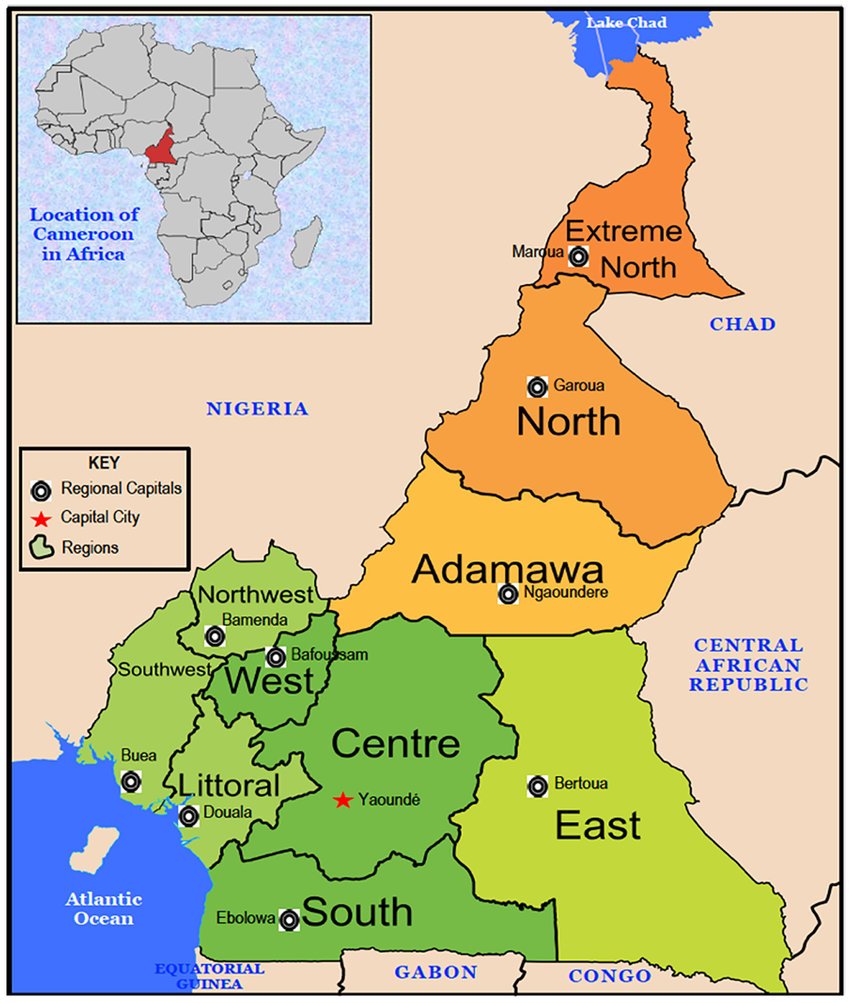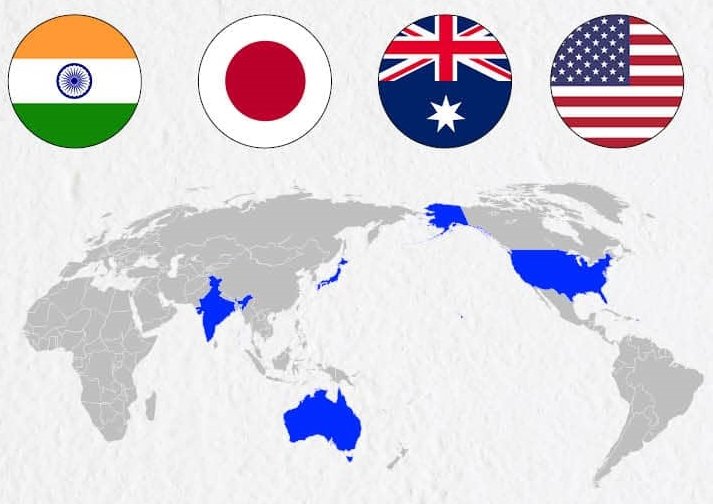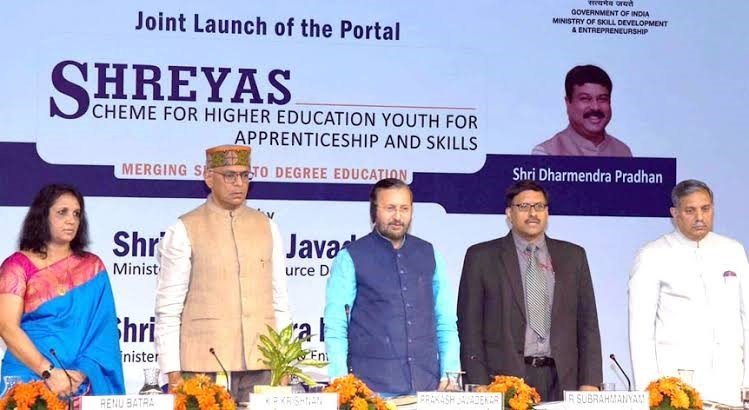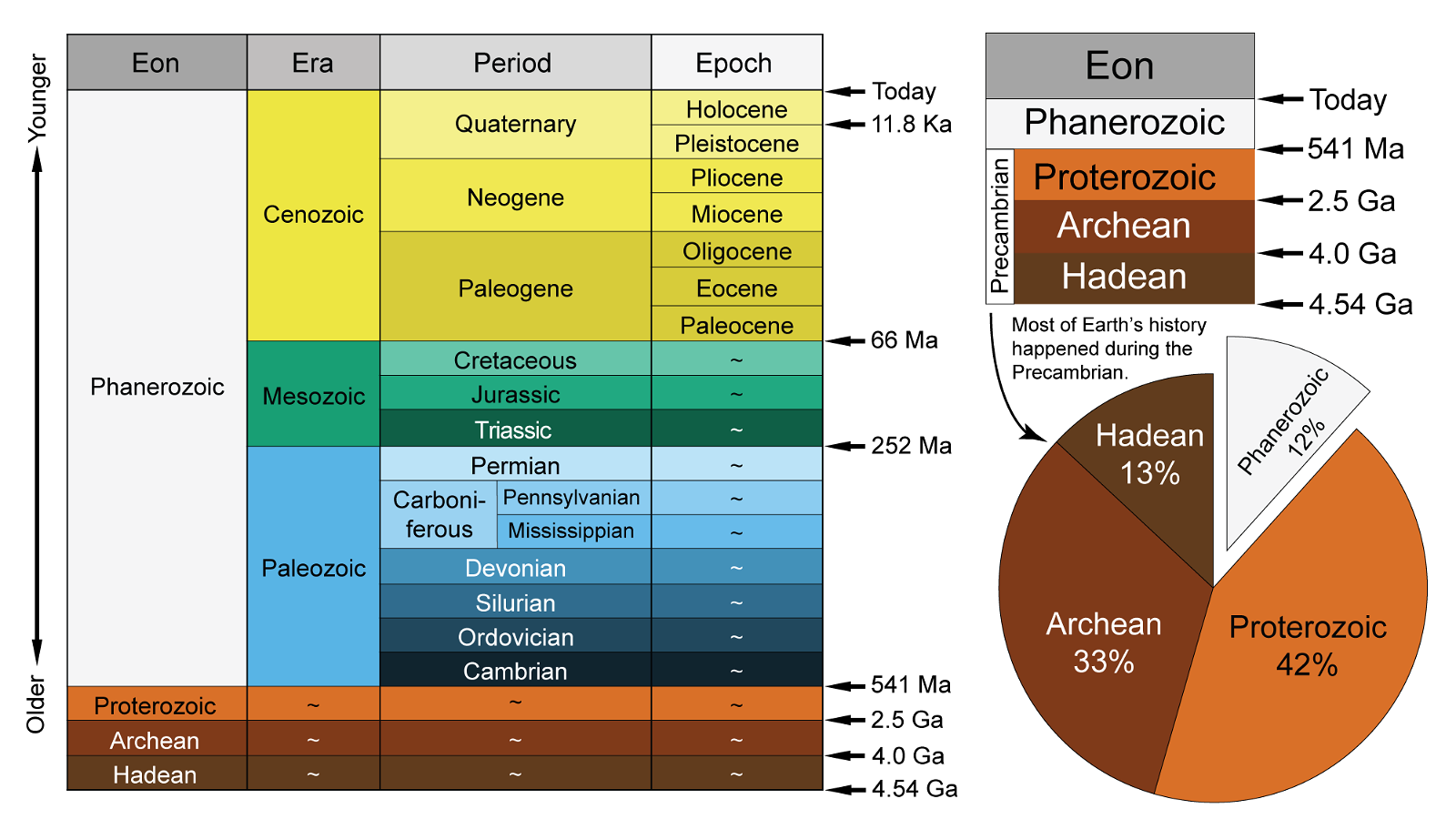
Current Affairs February 07, 2024: Public Examinations (Prevention of Unfair Means) Bill, 2024, Visa-free travel to Iran, Returning Officer and Office of Mayor, Maternity benefits to women in the Unorganised Sector, Cameroon Adopts Nagoya Protocol
Subscribers of "Current Affairs" course can Download Daily Current Affairs in PDF/DOC
Subscribe to Never Miss an Important Update! Assured Discounts on New Products!
Must Join PMF IAS Telegram Channel & PMF IAS History Telegram Channel
{GS2 – Governance – Laws} Public Examinations (Prevention of Unfair Means) Bill, 2024
- Context (IE I TH I LM): The Public Examinations (Prevention of Unfair Means) Bill, 2024, (PEB) was introduced in Lok Sabha.
- At present, there is no specific law to deal with unfair means adopted or offences committed during Public examinations.
Why is a comprehensive law need of the hour?
- The leaks derailed the schedules of 1.4 crore applicants.
- More than 70 cases of question paper leaks have occurred in the period from 2016-23.
- Malpractices in public examinations lead to delays and cancellation of examinations, adversely impacting the prospects of youth.
- In most cases, months and years have gone by without action and accountability.
- Various state governments have introduced their legislation and ordinances, but the laws have not been effective in curbing the malpractice.
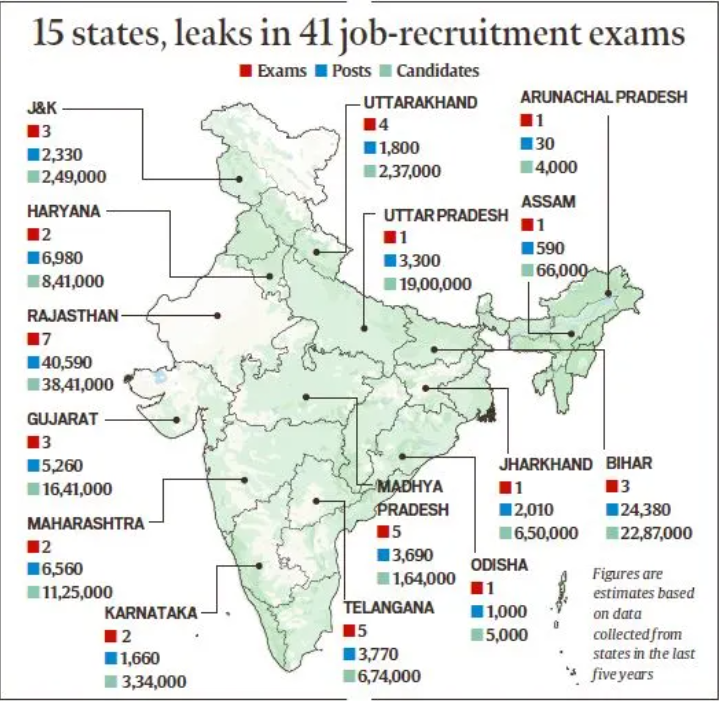
Objective of the Bill
- To bring greater transparency, fairness and credibility to the public examination systems.
- To fairly reward and reassure youth as per their sincere and genuine efforts.
- Legally deterring persons, organised groups or institutions that indulge in various unfair means and adversely impact the public examination systems for monetary or wrongful gain.
- The Bill will serve the vital function of being a model draft for States to adopt at their discretion.
Provisions of the Bill
Unfair Means- Offences in relation to public examinations
- The Bill lists 15 actions as unfair means. These acts include:
- Leakage of question paper or answer crucial or part thereof and colluding in such leakage;
- Taking possession of question paper or an OMR sheet without authority;
- Tampering with answer sheets, including Optical Mark Recognition response sheets;
- Providing a solution to questions by any unauthorised person during a public examination;
- Directly or indirectly assisting the candidate in a public examination.
- Creation of fake websites to cheat or for monetary gain.
Public examinations
- A “public examination” is any examination conducted by:
- A “Public examination authority” listed in the Schedule of the Bill or
- Any “such other authority as may be notified by the GOI”.
- The schedule lists five public examination authorities:
- Union Public Service Commission (UPSC),
- Staff Selection Commission (SSC),
- Railway Recruitment Boards (RRBs),
- Institute of Banking Personnel Selection (IBPS) and
- National Testing Agency (NTA).
- Departments of the GoI and attached offices for recruitment will also come under the new law.
Service provider
- Definition: Any agency, organisation, and provider of support of any computer resource “which is engaged by the public examination authority for conduct of public examination”.
Responsibilities of service providers
- Service providers must report to the police and the concerned examination authority in the event of a violation of provisions of the Bill.
- Failure to report such incidents will be an offence.
- Service providers are prohibited from shifting the exam centre without permission from the examination authority.
Candidate
- A person who has been granted permission by the public examination authority to appear in a public examination
- It also includes a person authorised to act as a scribe on his behalf in the public examination.
- He/she shall not be liable for action under the proposed legislation.
High-level national technical committee on public examinations
- To make recommendations on making the computerised examination process more secure.
- The committee shall look into developing protocols for
- Insulating digital platforms,
- Devising ways and means for developing foolproof IT security systems,
- Ensuring electronic surveillance of examination centres and
- Formulating national standards and services for both IT and physical infrastructure to be deployed for the conduct of such examinations.
Punishment and Penalty
- Punishment for “any person or persons resorting to unfair means and offences” can be three to five years in prison and a fine up to Rs 10 lakh.
- If the convict fails to pay the fine, “an additional punishment of imprisonment shall be imposed, as per the provisions of the Bharatiya Nyaya Sanhita, 2023.
- PEB makes “threatening the life, liberty or wrongfully restraining persons associated with the public examination authority or the service provider or any authorised agency of the government; or obstructing the conduct of a public examination” as a punishable offence.
- PEB bars any person who is not entrusted with the work pertaining to the public examination or its conduct or who is not a candidate from entering the premises of the examination centre with the intent to disrupt the conduct of the test.
Service Provider
- An offence by a service provider will be punishable with a fine of up to one crore rupees.
- Proportionate cost of examination will also be recovered from such a service provider.
- Further, they will also be barred from conducting public examinations for four years.
Organised crimes
- It is defined as an unlawful act committed by a person or a group of persons to further a shared interest for wrongful gain in relation to public examinations.
- The Bill specifies a higher punishment for organised crimes-
- Individual: Imprisonment up to five and ten years; A fine of at least one crore rupees.
- Institution: Property will be forfeited; A proportionate cost of the examination is to be recovered from the Institution.
Inquiry and investigation
- All offences under the Bill will be cognisable, non-bailable, and non-compoundable.
- No action will count as an offence if it is proved that the accused had exercised due diligence.
- An officer not below the rank of Deputy Superintendent or Assistant Commissioner of Police will investigate the offences under the Act.
- The GoI may transfer the investigation to any central investigating agency.
|
|
{GS2 – IR – Middle East} Visa-free travel to Iran
- Context (IE): Iran has announced visa-free travel for Indian tourists.
- Eligibility: Must hold valid Indian passports, travel via air and only for tourism purposes (staying not more than 15 days).
- Other countries not requiring Iranian visas include Saudi Arabia, China, Japan, Singapore, Türkiye, Azerbaijan, Oman, China, Armenia, Lebanon, and Syria.
- Iran claims to counter negative perceptions and “Iranophobia” perpetuated by the global arrogance system by this move.
- Sri Lanka, Thailand, Vietnam, Malaysia, Maldives, and Mauritius are some of the other nations allowing visa-free travel to Indians.
|
{GS2 – Polity – IC – Elections} Returning officer and Office of Mayor
- Context (IE): Controversy around Chandigarh mayoral polls brought the role of the Returning Officer into the limelight.
Returning officer (RO)
- RO conducts the election in a constituency and returns elected candidates, hence the name.
- Representation of the People Act, 1951(Section 21): ECI appoints the RO and Assistant RO for a constituency (or multiple) in consultation with the State Governments or UT.
- RO is the head of elections in the assigned constituency.
- Generally, for Lok Sabha elections, the District Magistrate is RO, and for state assembly elections, it is the Sub-Divisional Magistrate.
Duties and responsibilities
- Accept and scrutinise the nomination forms.
- Allotment of symbols for independent candidates.
- Manages ballot papers, EVM, VVPAT, counting and declares the results of elections.
- Implementation of model code to ensure free and fair elections.
Office of Mayor in India
- As per the provisions of the 74th Constitutional Amendment, the manner of election and role of the mayor varies from state to state.
- The mayor is the ceremonial head of a municipal corporation and is the first citizen of that city.
- The mayor presides over the meetings of the civic body.
- Generally, all executive powers of municipal corporations are vested in the Commissioner (mostly an IAS) appointed by the State government.
- Earlier, a private member’s bill was presented to introduce the direct election of the mayor.
Evolution of office of mayor
|
Chandigarh Mayor elections
- It is governed by the Municipal Corporation Act of Chandigarh, which is an extension of the Punjab Municipal Corporation Act 1976.
- A mayor in Chandigarh is elected from amongst the elected councillors for a one-year term.
- UT administration supervises the mayor elections, and the Deputy commissioner nominates and appoints the presiding officer.
- The presiding officer in the Chandigarh election should be an ex-councillor who is not contesting elections.
- Earlier, a resolution for a separate Chandigarh MC Act was passed to give the mayor more pawers.
|
{GS2 – Polity – IC – Federalism} Net Borrowing Ceiling (NBC) for states
- Context (TH): The Kerala government has protested imposing a limit on its borrowings.
- It limits the borrowings of States from all sources, including open market borrowings.
- Centre has decided to deduct liabilities on the public account of the States to arrive at the NBC.
- Borrowings by state-owned enterprises serviced out of the Budget, or State revenue, are also deducted from the NBC.
Kerala issue
- State government projects are funded by the Kerala Infrastructure Investment Fund Board (KIIFB).
- KIIFB is funded through extra-budgetary borrowings. Its debt is now included in NBC.
- It has led to restricting the availability of funds to state welfare programmes.
Justification behind the move
- The imposition of the NBC is done by invoking the powers of the Centre under Article 293(3).
- Restrictions on extra-budgetary borrowings by state-owned enterprises are justified based on the 15th Finance Commission report to observe fiscal discipline.
|
Objections raised by Kerala
- 15th FC report has not called for the inclusion of the debt of state-owned enterprises in the NBC.
- ‘Public Debt of the State‘ is in Entry 43 of the State List. Parliament cannot legislate on it.
- Public accounts fall under the purview of the state legislature as per Article 266 (2). Thus, its liabilities must not be included in the NBC.
- State Budget management is at the discretion of the state government, as per Article 202.
- Kerala Fiscal Responsibility Act (2003) spells out the fiscal deficit targets for the state, not needing external supervision.
- Kerala’s fiscal deficit has been reduced to 2.44% and its revenue deficit to 0.88% of the GSDP.
{GS2 – Polity – IC – Parliament} President’s Address | Motion of Thanks
President’s Address
- Articles 86 and 87 of the IC deal with the Address by the President.
Article 86
- It provides that the President may address either House of Parliament or both Houses assembled together, and for that purpose require the attendance of members.
- However, the President may or may not exercise this right.
- Since the commencement of the IC, there has not been any occasion when the President has addressed either House or both Houses assembled together, under the provision of this article.
Extra Bits
|
Article 87
- It provides for the ‘special address’ by the President.
- Clause (1) of the Art 87 provides that:
- At the commencement of 1st session after each general election to House of the People and
- At the commencement of the 1st session of each year,
the President shall address both Houses of Parliament assembled together. Such an Address is called ‘special address’ and it is also an annual feature.
- No other business is transacted till the President has addressed both Houses of Parliament assembled together.
- Under this article, the President’s address to both the houses assembled together is a constitutional obligation i.e., mandatory.
- It means that if at the time of commencement of the first session of the year, the Lok Sabha has been dissolved and the Rajya Sabha has to meet, then the Rajya Sabha can have its Session without the President’s Address.
- E.g. During the dissolution of the Lok Sabha in 1977 and 1991, the Rajya Sabha had its sessions without the President’s Address.
- In case of the first session after each general election to the Lok Sabha, the President addresses both Houses of Parliament assembled together after the members of the Lok Sabha have made and subscribed the oath or affirmation and the Speaker has been elected by the Lok Sabha.
Contents of the Presidential Address
- It is a statement of policy of the Government and is drafted by the Government which is responsible for its contents.
- It contains a review of various activities and achievements of the Government during the previous year and sets the broad governance agenda for the coming year.
|
Motion of Thanks
- The address of the president, which corresponds to the ‘speech from the Throne in Britain’, is discussed in both the Houses of Parliament on a motion called the ‘Motion of Thanks’.
- Clause (2) of Art 87 of the IC requires that provision shall be made by the rules regulating the procedure of either House for allotment of time for discussion of matters referred to in the President’s Address.
- Rules of Procedure and Conduct of Business in the House make provisions for discussion of the Address.
- Discussion on the matters referred to in the Address takes place on a Motion of Thanks moved by a member and seconded by another member.
- Members who are to move and second the Motion are selected by the PM.
Scope of discussion
- The members (of both the Houses) are at liberty to speak on every matter of national or international importance and other issues of governance.
- Generally, three days are allotted for the discussion on the Motion of Thanks.
- The time allotted by the House for discussion on the Motion of Thanks is distributed amongst various parties and groups in proportion to their strength in the House.
- PM or any other senior minister replies and responds to issues raised by MPs.
Voting
- At the end of the discussion, the motion is put to vote.
Amendments to the Motion of Thanks
- Notices of amendments can be tabled after the President has delivered his/her Address.
- As a matter of convention (but not always), amendments to the Motion of Thanks are given only by members belonging to a party in opposition to the Government.
- Amendments are generally tabled concerning matters referred to in the Address as well as matters which, in the opinion of the movers of amendments, the Address has failed to mention.
- If any of the amendments proposed are accepted, then the Motion of Thanks is adopted in the amended form.
- The Motion of Thanks with an amendment was adopted for the first time on 30 January 1980.
Significance
- The Motion of Thanks must be passed in the House (with a simple majority i.e. majority of members present and voting), otherwise it amounts to the defeat of the government.
- It is one of the ways through which the Lok Sabha can express a lack of confidence in the government of the day.
Limitations
- Members cannot refer to matters which are not the direct responsibility of Central Government.
- The name of the President cannot be brought in during the debate since the Government, and not the President, is responsible for the contents of the Address.
{GS2 – Vulnerable Sections – Women} Maternity benefits to women in the Unorganised Sector
- Context (PIB): The Ministry of Labour & Employment has announced updates regarding maternity benefits for women working in the unorganised sector.
- The Maternity Benefit Act, 1961, as amended vide the Maternity Benefit (Amendment) Act, 2017 provides for maternity benefits.
- The maternity benefits are also provided to women workers who are covered under the provisions of the Employees’ State Insurance (ESI) Act, 1948.
- Section 45 and Section 109(1) of the Code on Social Security, 2020 already provides for provisions regarding framing of welfare scheme(s) including health and maternity benefits for these workers.
Maternity Benefit Act
- The Maternity Benefit Act of 1961 provides maternity benefits in the form of maternity leave for all women employees.
- The act provides comprehensive maternity benefits, including medical bonuses, paid leave and nursing breaks.
- Applicability: It applies to various establishments, including factories, mines, plantations, and shops or establishments where ten or more persons are employed.
- In 1973, it was extended to “any such establishment belonging to the Government” and “every establishment where persons are employed for the exhibition of equestrian, acrobatic and other performances.”
- Initially, the act applied to factories, mines, and plantations.
- Paid maternity leave: Women were entitled to maternity leave not exceeding 12 weeks.
- Eligibility: To avail of maternity benefits, a woman had to work in the establishment for at least 160 days in the 12 months preceding her expected delivery date.
- Prohibition of employment: No employer could knowingly employ a woman during the 6 weeks immediately following her delivery or miscarriage.
- Violating provisions of the act could result in 3 months’ punishment, with or without a fine.
| Maternity leave is a paid leave provided to expecting or pregnant women who can utilise it before and after the delivery of the child. |
Maternity Benefit (Amendment) Act, 2017
- It amends the Maternity Benefit Act of 1961.
Applicability
- The Maternity Benefit Act applies to all women employed in private companies, government jobs, mines, plantations, factories, and organisations with 10 or more employees.
- It does not apply to self-employed women.
- A woman is eligible to take maternity leave under the act only when she has worked with the employer for at least 80 days in the 12 months preceding her expected delivery date.
Rules
- Extended maternity leave: Biological mothers now enjoy 26 weeks of paid leave.
- For the first and second child, it is 26 weeks, with the option to commence up to 8 weeks prior to the expected delivery date.
- For the third child onwards, eligibility is reduced to 12 weeks of maternity leave.
- Adoptive and commissioning mothers: Those legally adopting a child below 3 months receive a 12-week maternity benefit period from the date of receiving the child.
|
A commissioning mother is a biological mother who uses her egg to make an embryo placed in another woman. |
- Work-from-home provision: Women can work from home after the expiry of the 26-week leave period, if their assigned tasks allow it and by mutual agreement between the employer & employee.
- Creche facility: Establishments with 50 or more employees must provide a creche facility, allowing women to visit their child (4 times) during work hours.
- Miscarriage or Medical Termination: A woman is entitled to 6 weeks of leave, starting immediately after the incident, subject to the provision of necessary proof.
- Extended Leave for Complications: Additional leave can be granted on a case-by-case basis if a new mother requires more time for recovery due to complications arising during delivery or pregnancy.
- Employers must pay full salary to the woman employee during her maternity leave period.
- This salary rate is calculated according to her actual salary or daily wages in the 3 months prior to her maternity leave request.
- Employers should not employ a woman during the 6 weeks immediately following her delivery or miscarriage.
{GS3 – Envi – Conservation} Cameroon Adopts Nagoya Protocol
- Context (DTE): Cameroon adopts the Nagoya Protocol to ensure fair sharing of benefits from its rich biodiversity and traditional knowledge.
- The Nagoya Protocol is the second Protocol to the Convention on Biological Diversity (CBD); the first is the 2000 Cartagena Protocol on Biosafety.
- It is a 2010 supplementary agreement to the 1992 Convention on Biological Diversity (CBD).
- The Nagoya Protocol is about “Access to Genetic Resources and the Fair and Equitable Sharing of Benefits Arising from their Utilization”, one of the three objectives of the CBD.




![PMF IAS Environment for UPSC 2022-23 [paperback] PMF IAS [Nov 30, 2021]…](https://pmfias.b-cdn.net/wp-content/uploads/2024/04/pmfiasenvironmentforupsc2022-23paperbackpmfiasnov302021.jpg)
